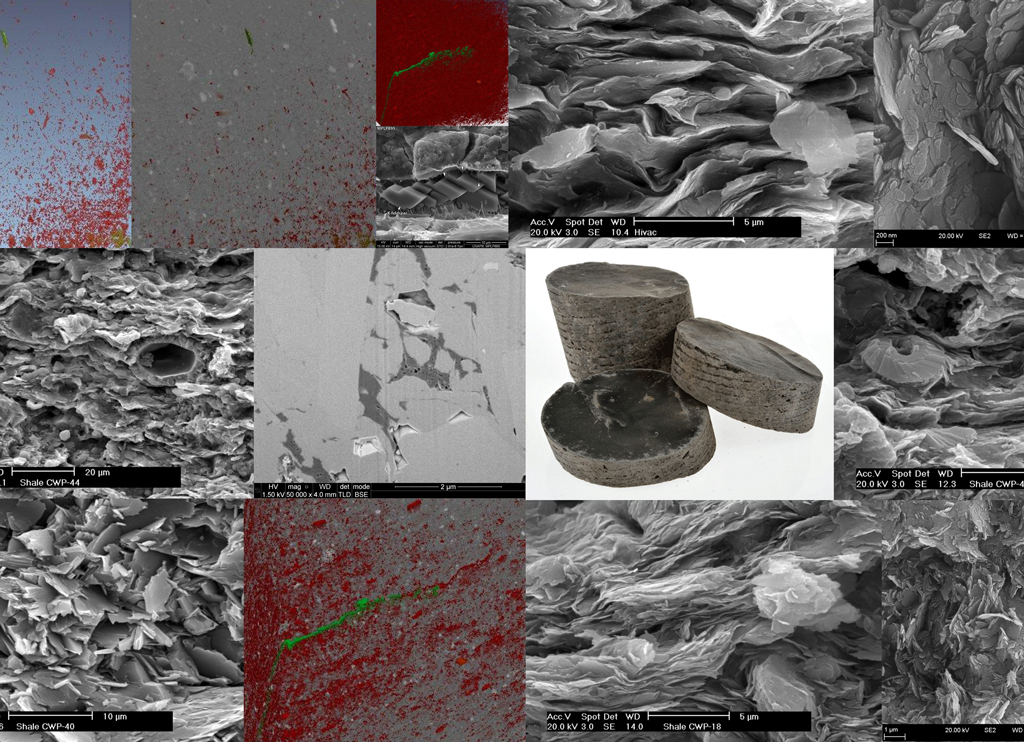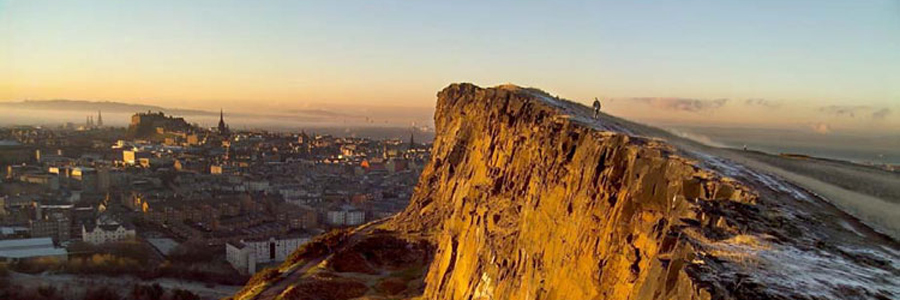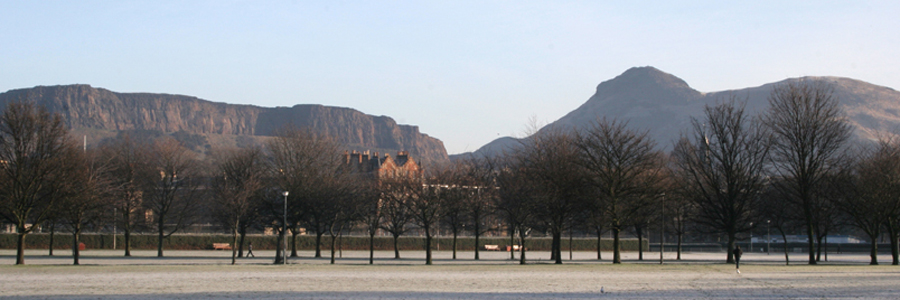From microscopic pore structures to transport properties in shales (workshop follow-on session)

Argillaceous media are being considered as potential host rocks for the final, safe disposal of radio-active waste, and/or as major constituent of repository systems in which wastes will be emplaced. In this context clay radwaste scientists examine various argillaceous rocks that are being considered for the underground disposal of radioactive waste, ranging from soft clays to indurated shales. In addition, the shale gas and oil community is interested in the characterization of sediments and black shales from the core- to nano-scale, focusing on clay/brine/organic interfaces and understanding how pore space evolves and affects the transport and production potential of the shale system. Through characterizing fundamental properties such as nano-/micropore connectivity, all the way up to understanding transport and mechanical fracture properties of whole-rock units, both communities are studying the geological materials with a shared set of tools, from quantum mechanics computer simulations, through advanced microscopy and diffraction methods, up to triaxial mechanical tests and large-scale transport models.














